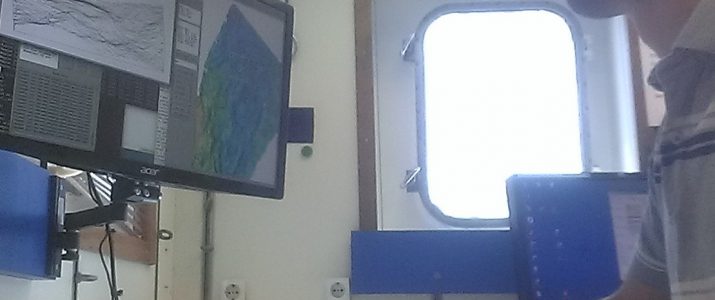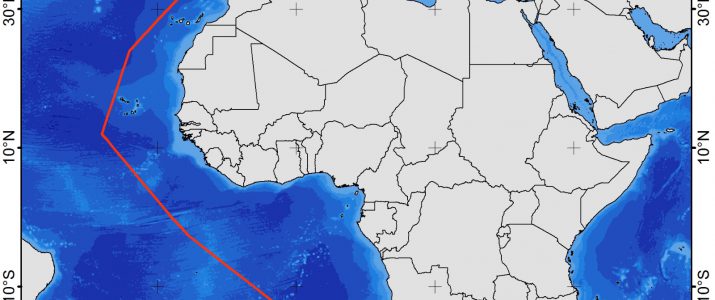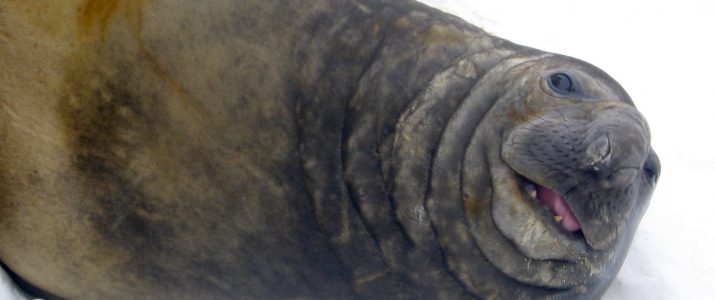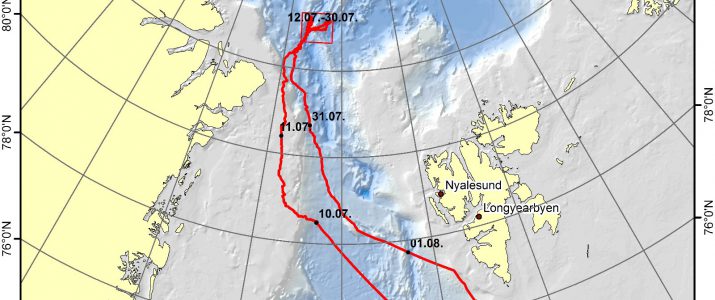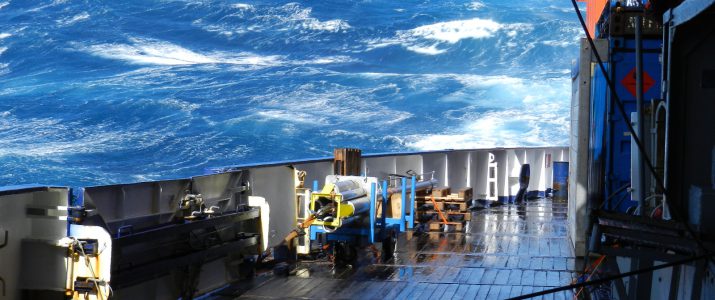Finding and exploring hydrothermal vents at the Mid-Atlantic Ridge was the objective of a scientific crew sailing on RV "Meteor" in April 2016 which had kindly asked FIELAX to support. A colleague of us attend the cruise, mapped wide areas of the deep sea ridge structures with the ship's multibeam echosounder and processed the data to maps. He also processed and managed acquired photography and navigation data from the MARUM's ROV "Quest" in order to quickly get overview maps and results to support cruise planning and documentation. The contractor was Prof. Dr. Nicole Dubilier from Max Planck Institute for Marine Microbiology in Bremen. Read more
Data Processing
Navigation data processing “Master Track”
On behalf of Alfred-Wegener-Institut Helmholtz-Zentrum für Polar- und Meeresforschung we post-processed navigation data from former campaigns of the research vessels Polarstern and Heincke. The job was about data validation, filtering, interpolation, generalization and documentation of all applied processes. The objective was to achieve a valid "master track" for each campaign which will be used for georeferencing scientific data and for visualization in data portals. Read more
Seal tracks data processing and visualization
Elephant and weddell seals in Antarctica have been equipped with satellite transponders for researching their travel and eat behaviour. During such a campaign our client from Alfred-Wegener-Institut Helmholtz-Zentrum für Polar- und Meeresforschung was in the polar regions for several months to equip marine mammals. Meanwhile we continuously retrieved navigation data from those transponders, post-processed data and informed our client in field about the recent state. Read more
Data management at the Gakkel ridge
For searching a plume two colleagues attended the Polarstern cruise PS86 to the Arctic. The objective was to find hot outflows from the crust at the Gakkel ridge. We acquired and post-processed bathymetry data from a multibeam echosounder und created several maps for planning and forecasting ice coverage in the research area. The contractor was the Max Planck Institute for Marine Microbiology in Bremen.
Data management at the South West Indian Ridge
In heavy seastate we attended Polarstern cruise ANT-29/8 to the southwest-indian ridge for acquiring sub-bottom sonar data as well as creation of data and maps.

